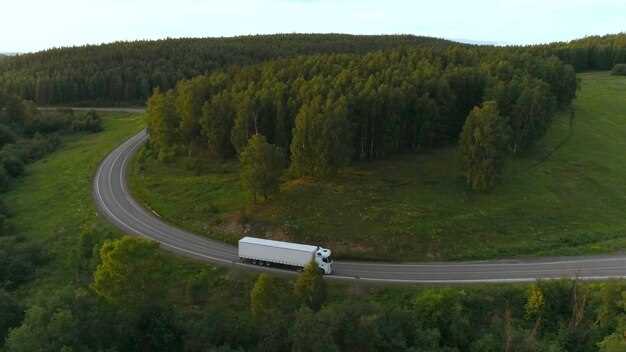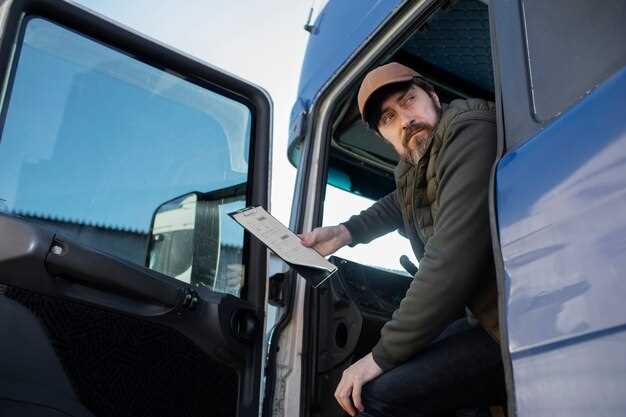
When it comes to maneuvering large trucks, understanding cornering techniques is essential for ensuring safety and efficiency on the road. The challenges of turning a large vehicle are exacerbated in off-road conditions where stability and control become paramount. Proper cornering not only enhances vehicle handling but also reduces the risk of accidents, making it a critical skill for truck drivers.
A crucial choice for truck drivers is the approach they take to corners. Unlike smaller vehicles, large trucks require a different strategy due to their size and weight, particularly when navigating tight turns or uneven terrain. Utilizing the correct cornering techniques, such as maintaining an appropriate speed and using the entire road width, can significantly impact the outcome of turns.
Additionally, mastering the art of turning can lead to more effective maneuvering in various scenarios. Drivers must be trained to anticipate the truck’s wide turning radius, which often involves making adjustments in positioning before entering a corner. By understanding these dynamics, drivers can improve their cornering performance, ensuring both safety and efficiency while handling large trucks on any type of road.
Optimal Line Choice for Sharp Turns in Urban Areas
When navigating sharp turns in urban environments, the choice of your line is crucial for maintaining control and ensuring safety. Large trucks require a careful approach to turning due to their size and weight, which can significantly impact maneuverability.
To achieve optimal line choice, drivers should ideally position their vehicle toward the outer edge of the lane before initiating the turn. This approach allows for a smoother arc, minimizing the risk of encroaching into adjacent lanes or running over curbs, especially when making tight turns at busy intersections.
During the turning process, it is essential to remain aware of off-road obstacles, such as pedestrians, cyclists, or parked vehicles. These factors can influence the path chosen, necessitating quick adjustments to avoid collisions. The driver must gauge the turn’s radius and the available space accurately, ensuring that the vehicle proceeds through the curve without straying off-road.
Additionally, maintaining a balanced speed is critical. Slowing down too much can lead to difficulty in completing the turn efficiently, while excessive speed can result in loss of control. Proper acceleration during the turn helps in stabilizing the vehicle and avoiding tipping, especially when turning on uneven surfaces.
Lastly, utilizing mirrors effectively enhances situational awareness. Frequent checks for surrounding vehicles and obstacles ensure that the chosen line remains safe and optimal throughout the turning maneuver. Adhering to these guidelines will promote safer turning practices for large trucks in densely populated urban areas.
Adjusting Speed and Steering for Off-Road Turning Scenarios

When navigating off-road terrains, large trucks face unique challenges that require careful adjustments in speed and steering techniques. The nature of off-road conditions, such as uneven surfaces, loose materials, and obstacles, demands a precise approach to turning to maintain safety and control.
First and foremost, reducing speed is essential before entering a turn. This allows for better handling and reduces the risk of losing traction. Large trucks have a significant amount of weight, which can make sudden maneuvers dangerous. By approaching each turn slowly, drivers can enhance stability and improve their ability to respond to unforeseen obstacles.
In off-road environments, steering must be executed with deliberate precision. Due to the unpredictable nature of the terrain, small adjustments to the steering wheel should be made to maintain the desired line throughout the turn. Sharp turns can lead to skidding or tipping if not executed correctly, and maintaining a steady grip on the wheel is crucial.
Additionally, the angle of the turn should be considered carefully. Wider turns on rough terrain can prevent the truck from getting stuck or losing control. It’s important for drivers to visualize the optimum line through each turn, taking into account the specific characteristics of the path, such as, inclines, declines, and varying ground conditions.
Finally, constantly monitoring the truck’s load and its distribution is key while off-roading. An uneven load can affect stability during turns, necessitating further speed adjustments. By understanding how to balance speed and steering while considering off-road conditions, drivers can maneuver large trucks safely through challenging terrains.
Common Mistakes to Avoid While Cornering Large Trucks

When maneuvering large trucks, proper cornering techniques are essential to ensure safety and efficiency. One common mistake is failing to assess the appropriate choice of speed before entering a turn. Large trucks require ample time to decelerate, and entering a corner too quickly can lead to loss of control.
Another frequent error is not positioning the vehicle correctly in the lane before making a turn. Drivers often underestimate the need for wider line adjustments, which can result in clipping curbs or encroaching into adjacent lanes. This is particularly critical during sharp turns where the truck’s length and turning radius must be considered.
Additionally, neglecting to check mirrors and blind spots is a serious oversight. Large trucks have significant blind spots that can hide pedestrians, cyclists, and other vehicles. Always ensuring visibility before and during the turning process is vital to prevent accidents.
Drivers should also be wary of executing turns without using adequate indicator signals. Failing to signal intentions can confuse other road users, increasing the likelihood of collisions. Clear communication through turn signals is crucial when navigating complex intersections or roundabouts.
Lastly, overlooking the effects of load weight on turning dynamics can lead to dangerous situations. A heavily loaded truck may have different handling characteristics, requiring adjustments to both speed and steering. Being mindful of the load’s impact on maneuverability will enhance safety during cornering.




